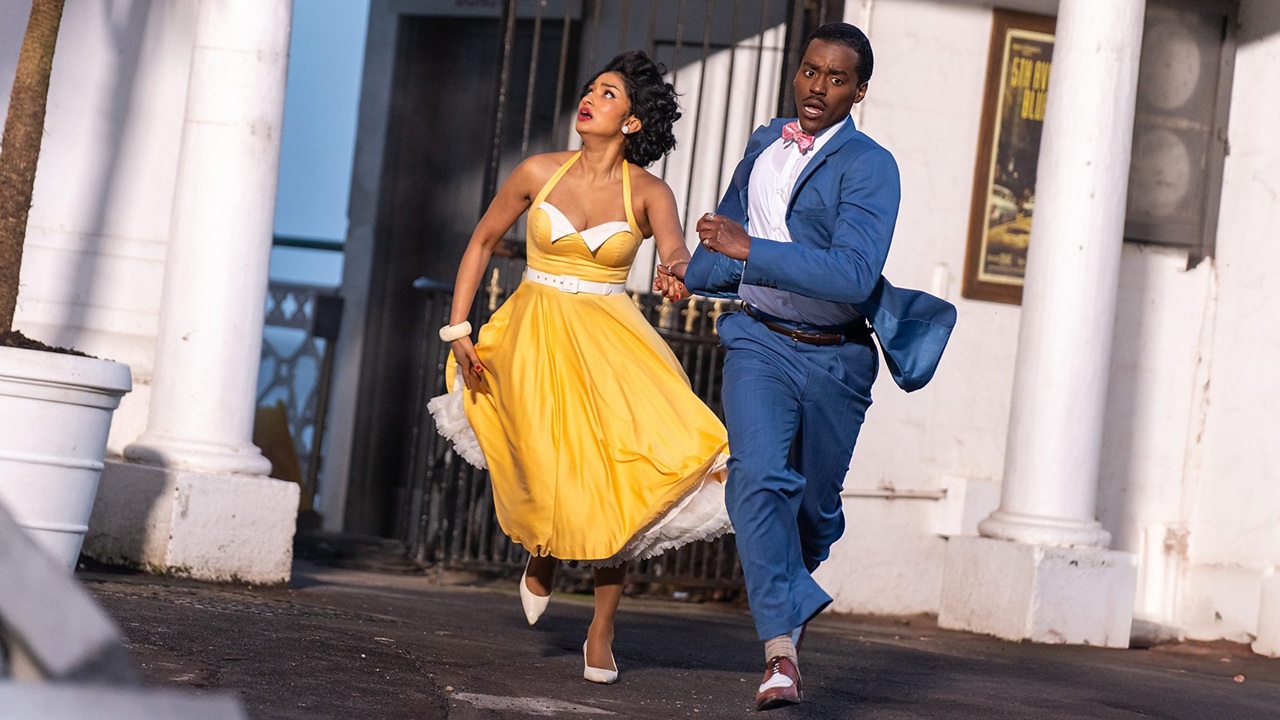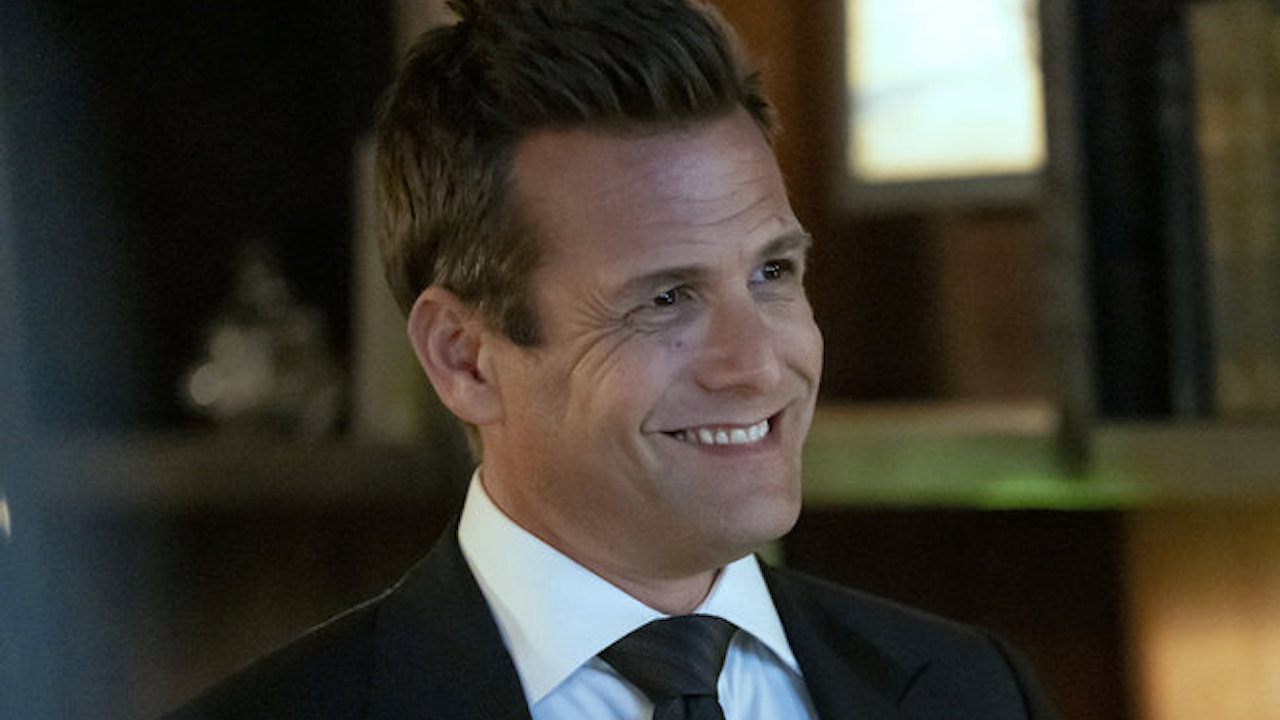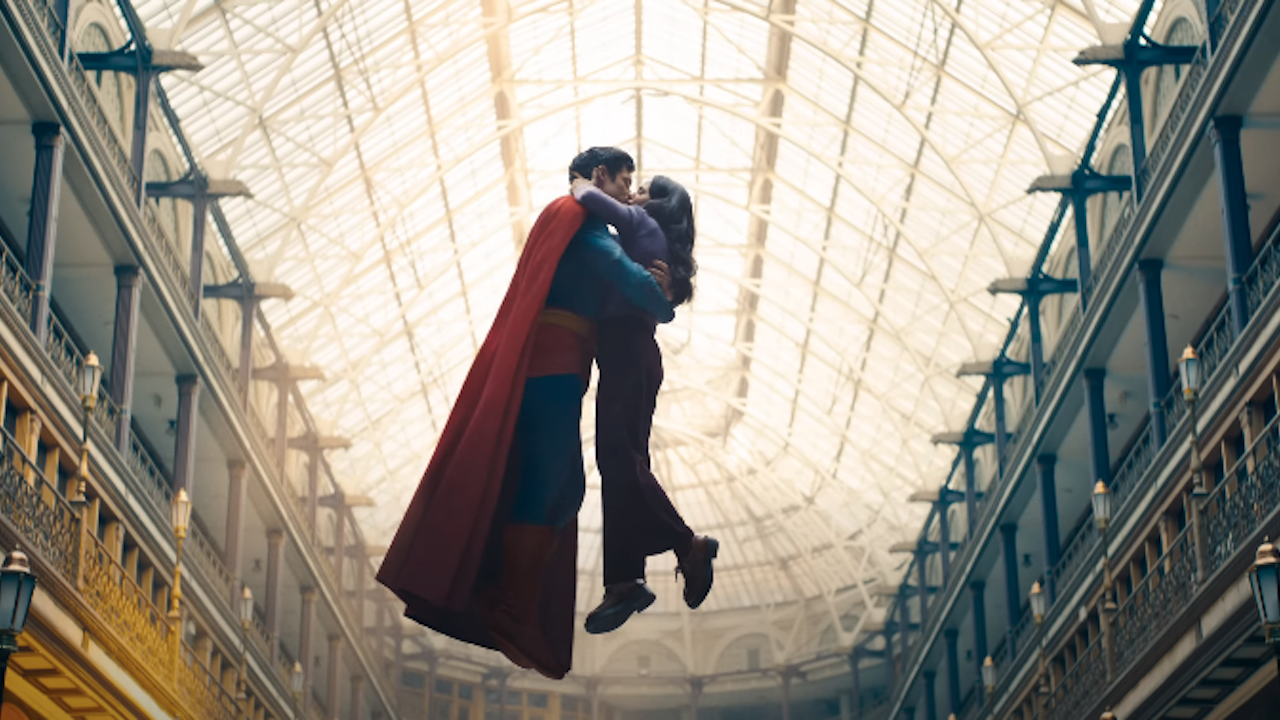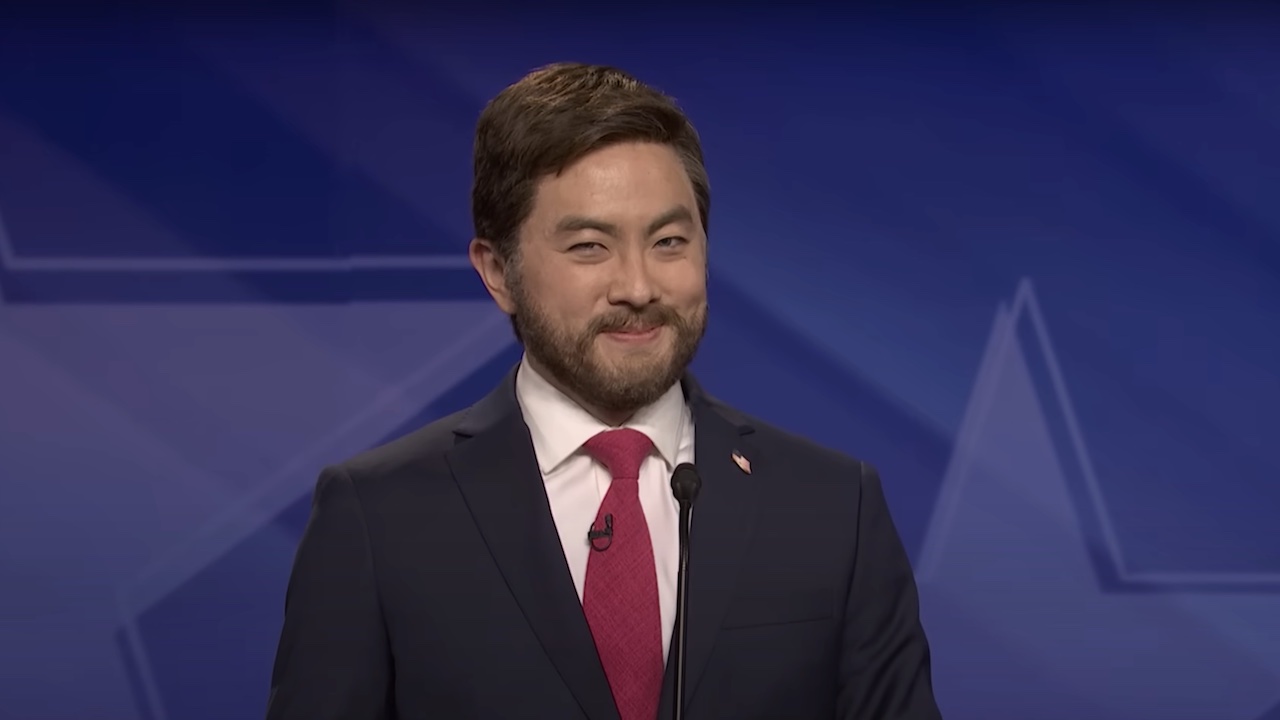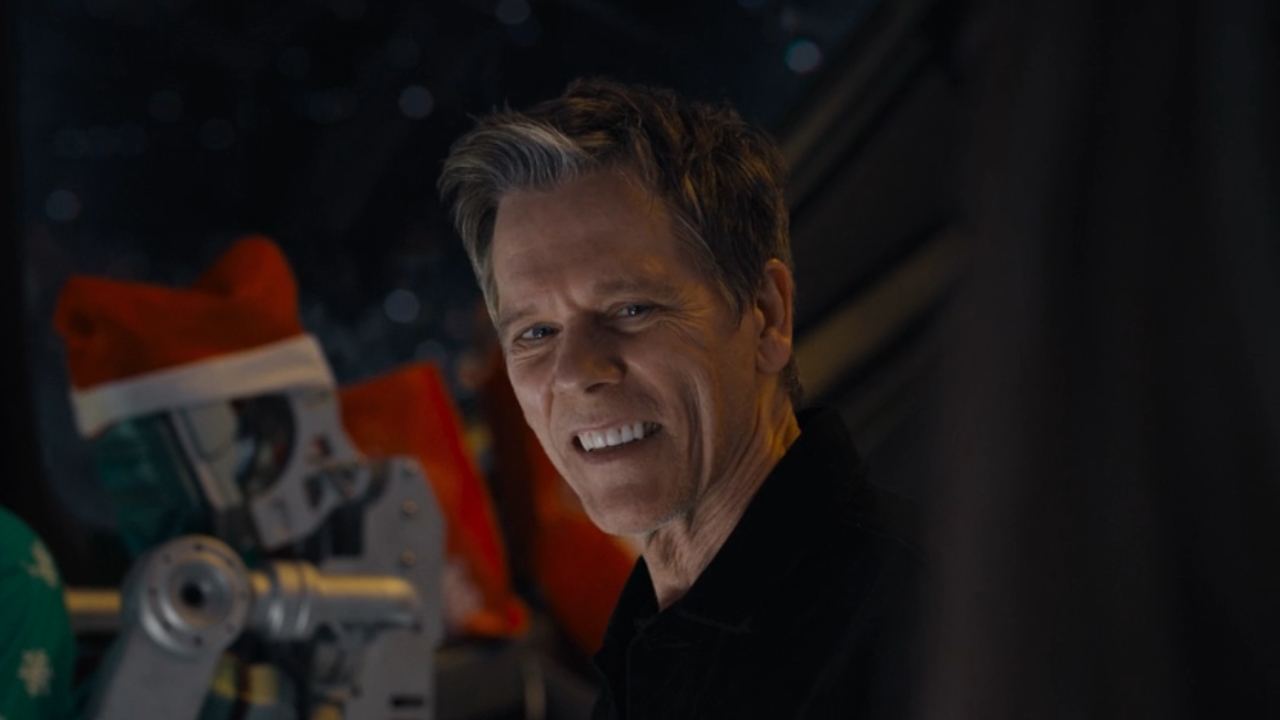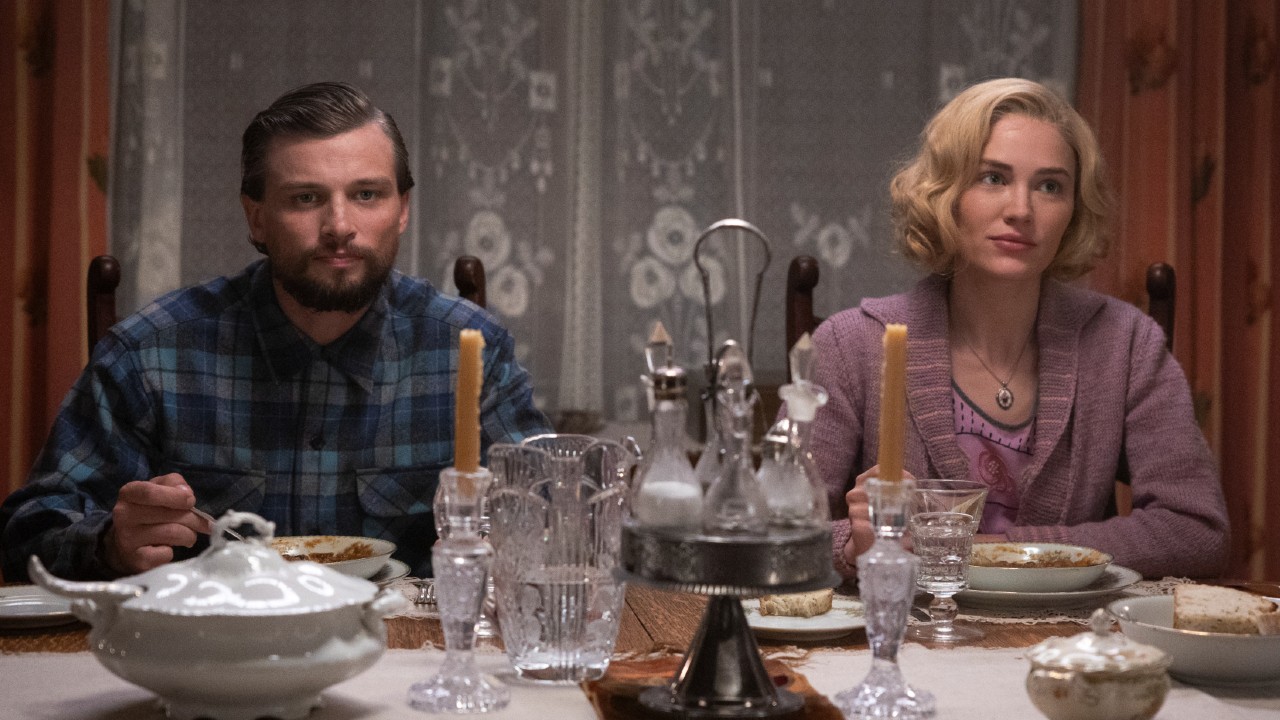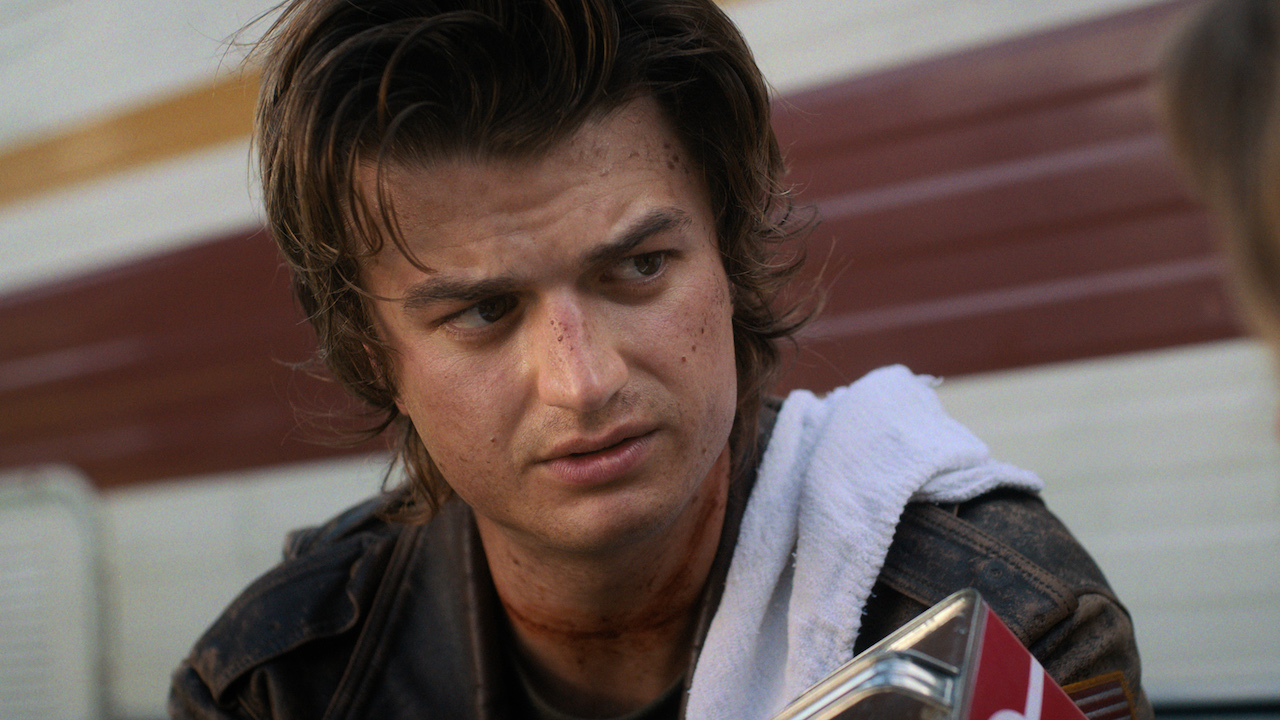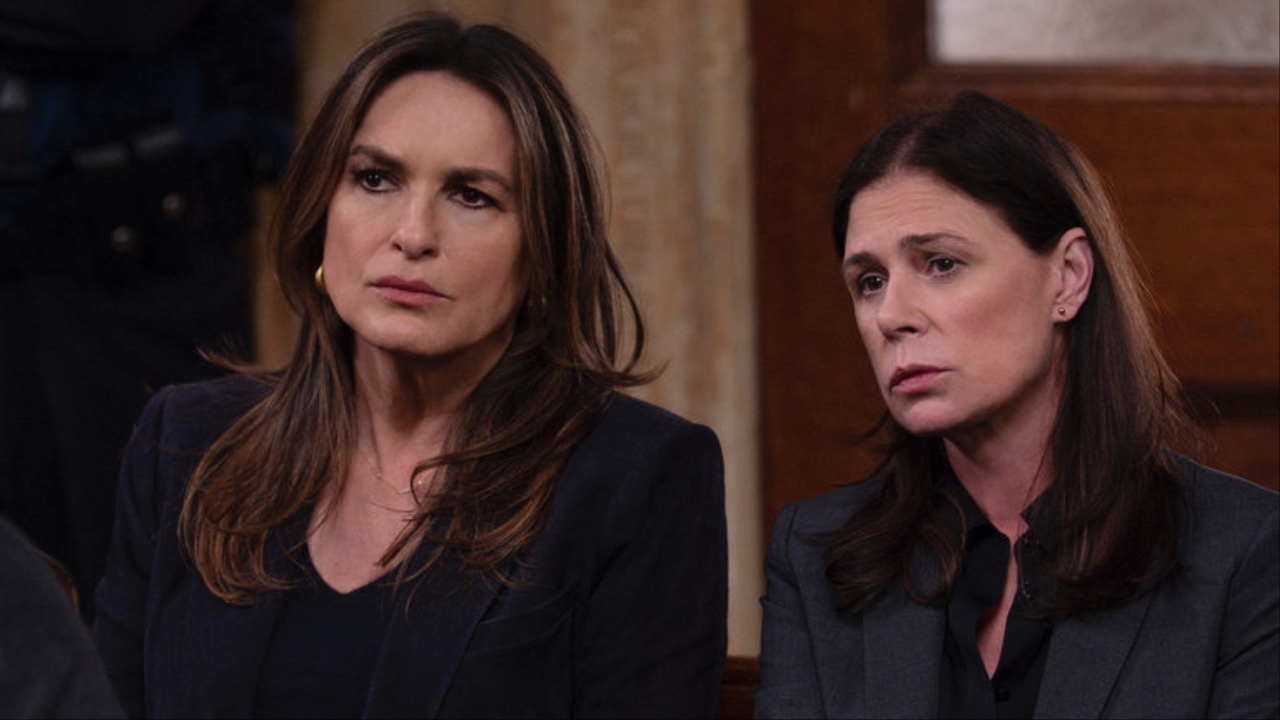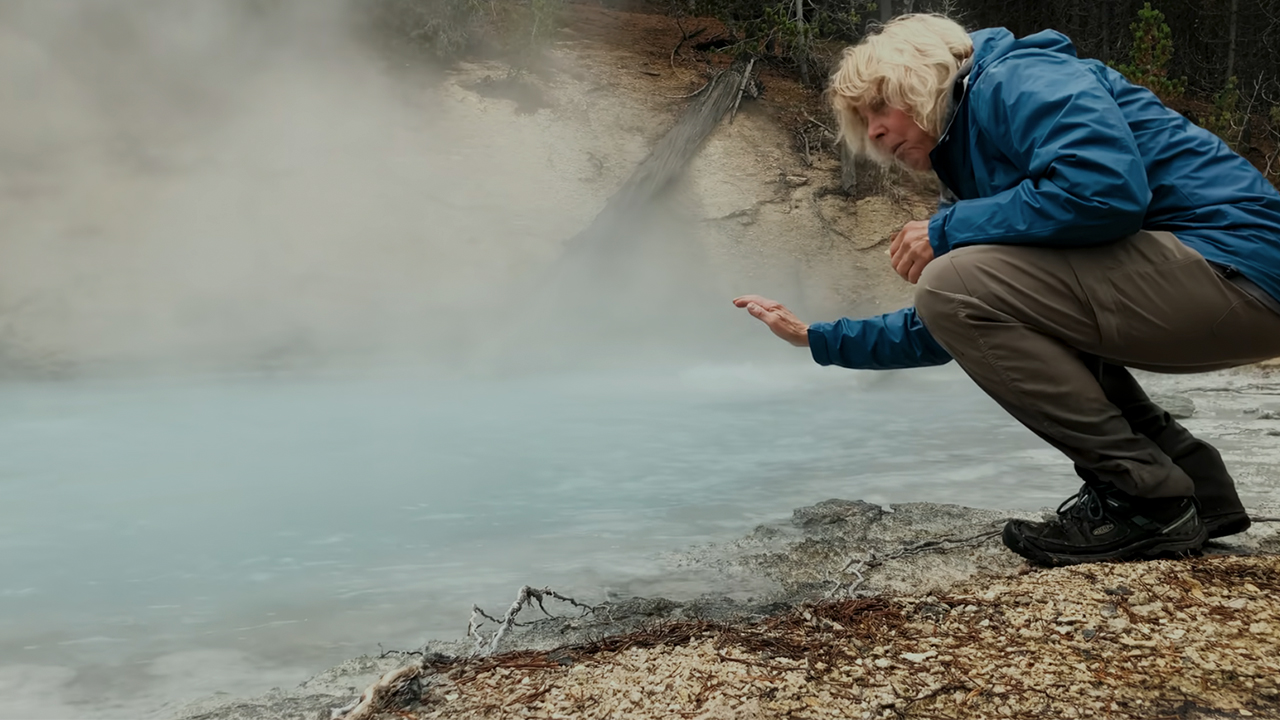Seven: 10 Behind-The-Scenes Facts About David Fincher's 1995 Thriller
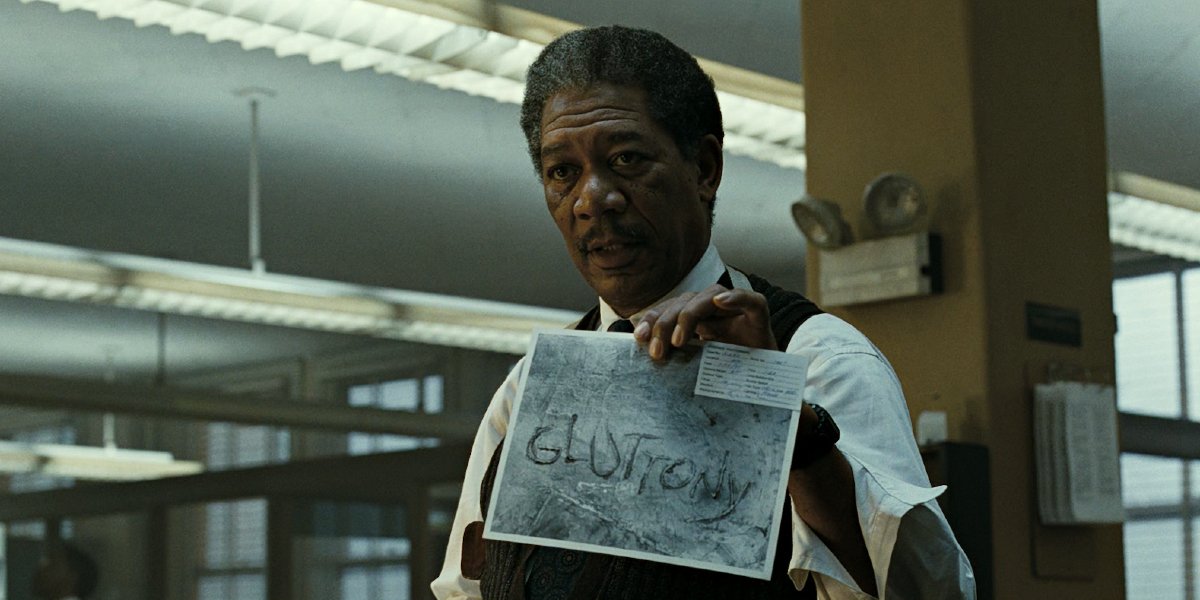
It has been exactly 25 years since David Fincher threw audiences into one of the most inventive and unnerving cat-and-mouse games involving a soon-to-be-retired police detective and his hotshot rookie partner as they try to prevent a mysterious killer from completing his mission of killing seven victims based on the deadly sins. The movie, Seven (stylized as Se7en, but we don't have to go there), remains Fincher's crowning achievement all these years later, and some of the behind-the-scenes facts from the making of the movie make it all that much better.
There are the obvious ones like Denzel Washington turning down the role that would eventually go to Brad Pitt as well as other casting what-ifs (Sylvester Stallone, Al Pacino) that we won't go into (well, except for a few crazy ones involving "John Doe.") But there are also some pretty amazing stories that have come out in interviews and director commentary tracks over the years that shed some light on the hows and whys surrounding everything from the insane amount of rain that falls throughout the movie, how the title sequence came together, and how a future director of The Wire saved the movie from ending up on a blacklist. Oh, and a little something about the original ending of Seven that was changed because of an early test screening.
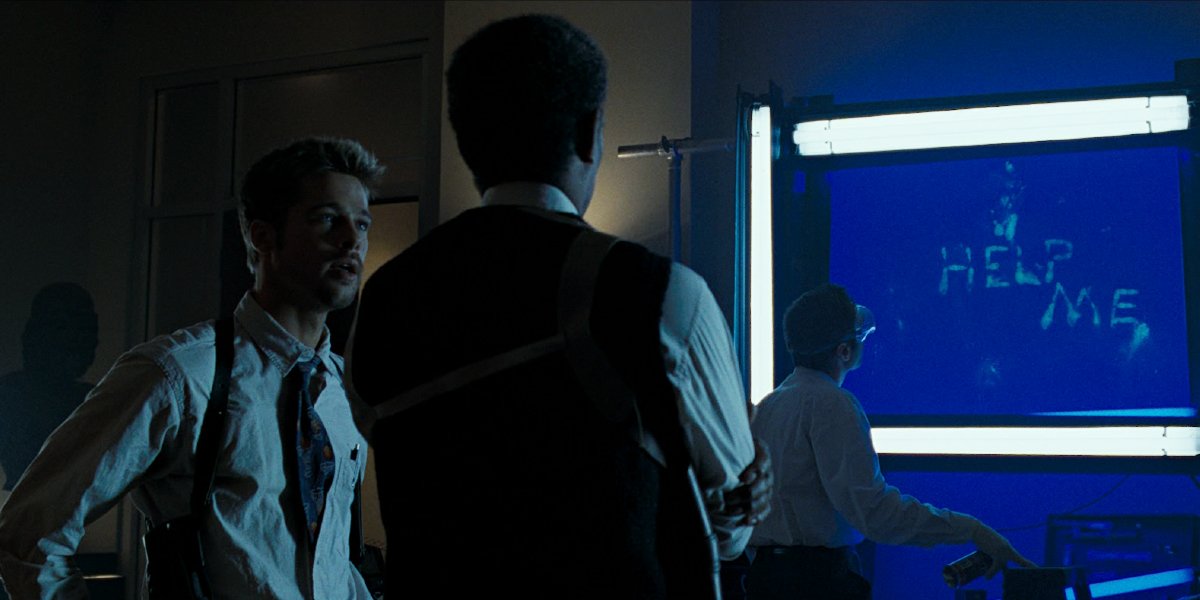
David Koepp Told Screenwriter Andrew Kevin Walker He Needed 'Professional Help' After Reading The Script
Shortly after Andrew Kevin Walker completed the first draft of Seven in 1991 after spending his days working behind the register at a Tower Records in New York City, he sent a copy of the script to David Koepp (who was writing Jurassic Park at the time) and asked him to send it to an agent for another look. Walker told EW shortly before the film's 1995 release that Koepp in fact called back and gave him some advice, but not what he was expecting:
He told me, 'I think you need professional help.' I thought he meant a writing teacher. Then I realized he meant a psychiatrist.
It all worked out for Andrew Kevin Walker in the end, the script was turned into one of the most iconic movies of the '90s and he even went on to work with David Fincher as a script doctor and occasional bit player in subsequent years.
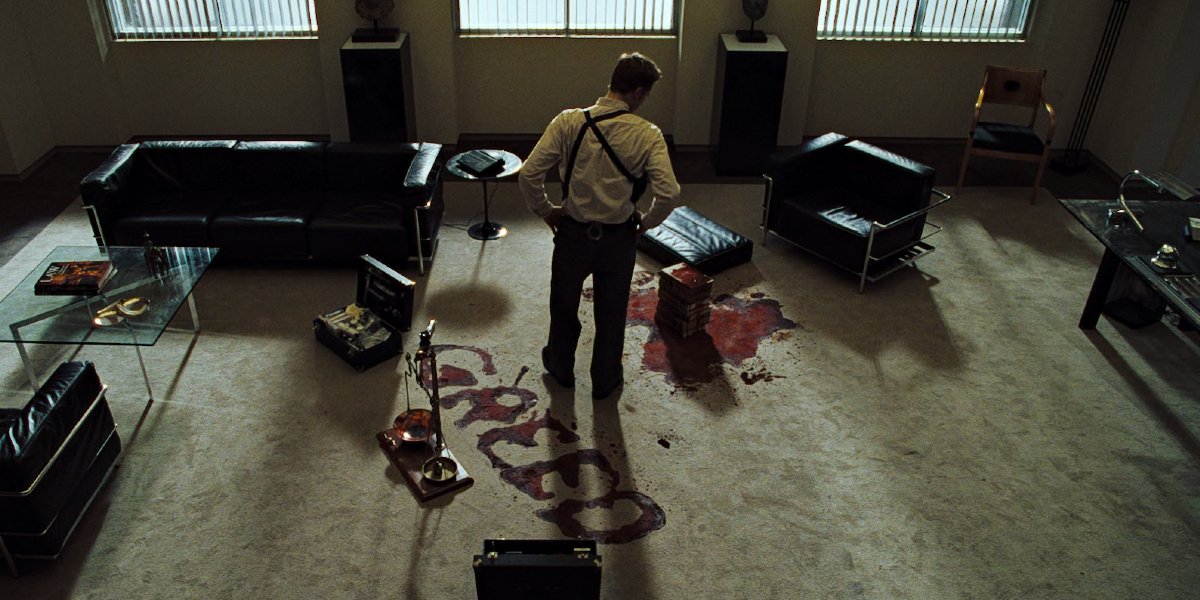
Juice Director Ernest Dickerson Simultaneously Saved The Movie And Cost Himself A Job
Ernest Dickerson has worked on everything from 1992's Juice (which he co-wrote) to shows like The Walking Dead and The Wire, but long before he directed an episode of the hit HBO crime series, he was up for the job that eventually went to David Fincher. During an interview with Post Mortem, Dickerson explained that he pitched an idea to New Line Cinema (who was planning on throwing out the script because of the violence) where they could make each murder implied rather than showing all the gore. The studio ended up liking the idea so much that executives ended up moving forward with the project but this time with a bigger director and A-list cast involved. To this day, Dickerson is convinced he saved the movie but cost himself the job in doing so.
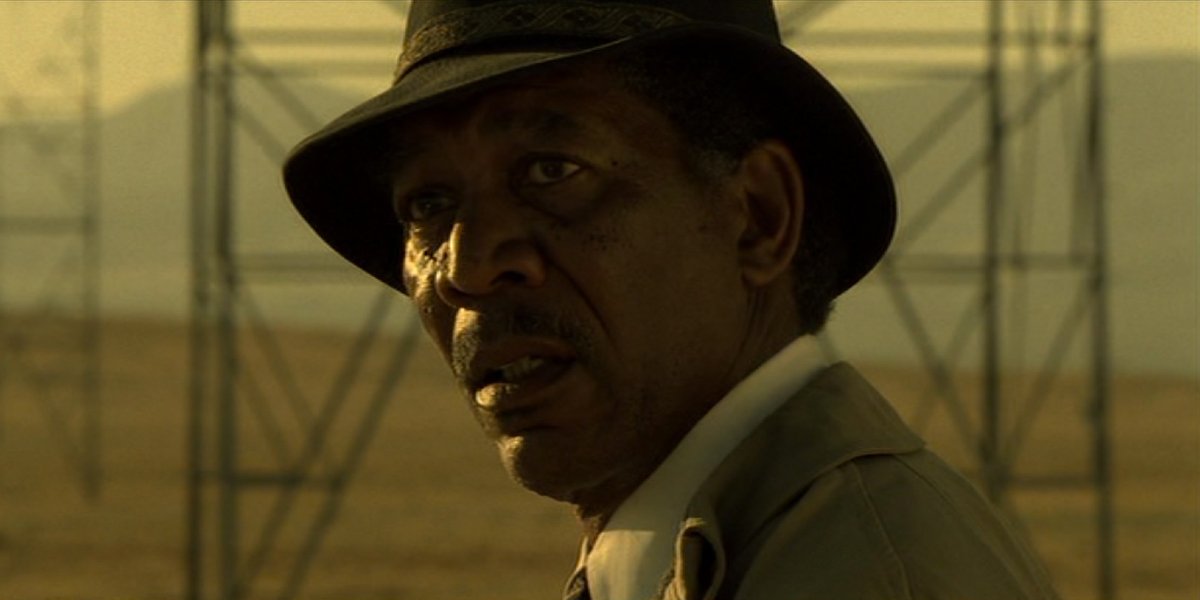
The 'What's In The Box?' Ending Stuck Because David Fincher Received The Wrong Script
There were a number of directors approached to helm Seven before it eventually landed in David Fincher's hands, and in that process, there were changes made to the script, according to screenwriter Andrew Kevin Miller in a conversation with The Hollywood Reporter. When a screenplay was sent to Fincher before he signed on, it was the original version of the script, the one with the "What's in the box?" ending that we all know today. But as Walker explained, when the eventual director discussed the movie with the studio, the following happened:
[Fincher] expressed some interest, but in expressing his interest to them, had mentioned there was a head in the box. And they were like, 'Oh, no, no, no. We sent you the wrong draft.' And then they sent him the vastly rewritten, Jeremiah Chechik draft, which had a completely different ending and Fincher said, 'No, I wouldn't be interested in doing that.'
Walker and Fincher would later meet and discuss the screenplay in full, and according to the writer, they made few changes to what we saw in theaters, albeit for one change we'll discuss later on.
CINEMABLEND NEWSLETTER
Your Daily Blend of Entertainment News
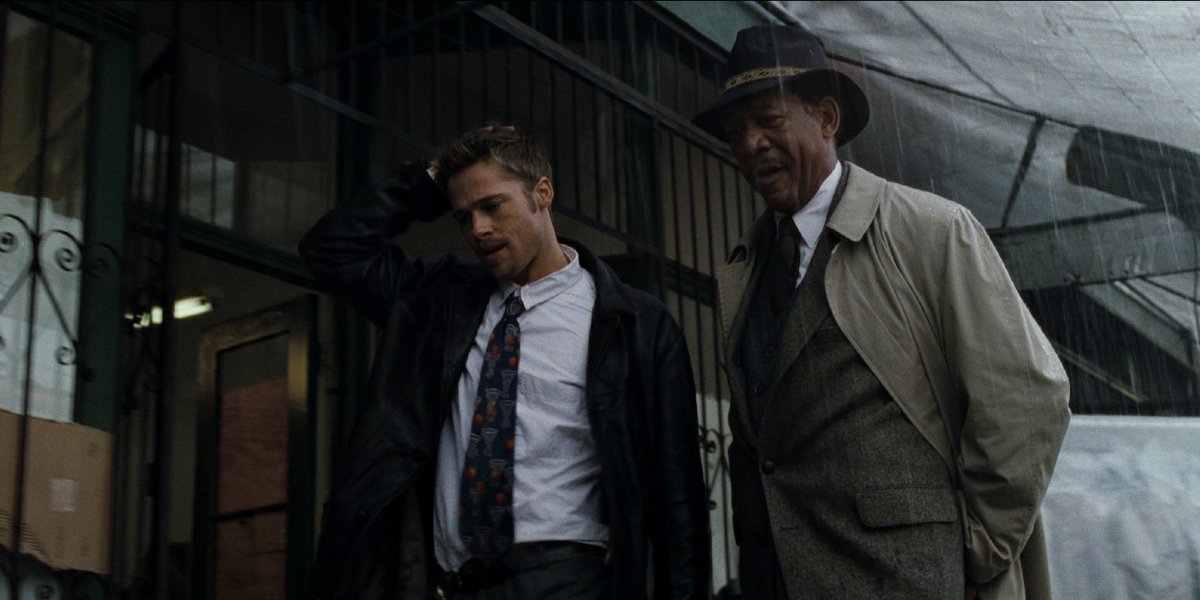
There's A Very Practical Reason Behind All The Rain Throughout Seven
You don't have to watch Seven too many times to realize that it's constantly raining (well, except for the final few scenes), and while it could be argued that the weather was included to set the mood for the movie, the truth is much simpler than that: a limited amount of time with star Brad Pitt. Speaking with Sight and Sound (via Scraps From The Loft) back in 1996, director David Fincher explained that he only had Pitt for 55 days with no contingency plan, so the production team came up with a plan to use rain machines in most of the exterior shots so that if it actually rained, the shoot wouldn't be affected.
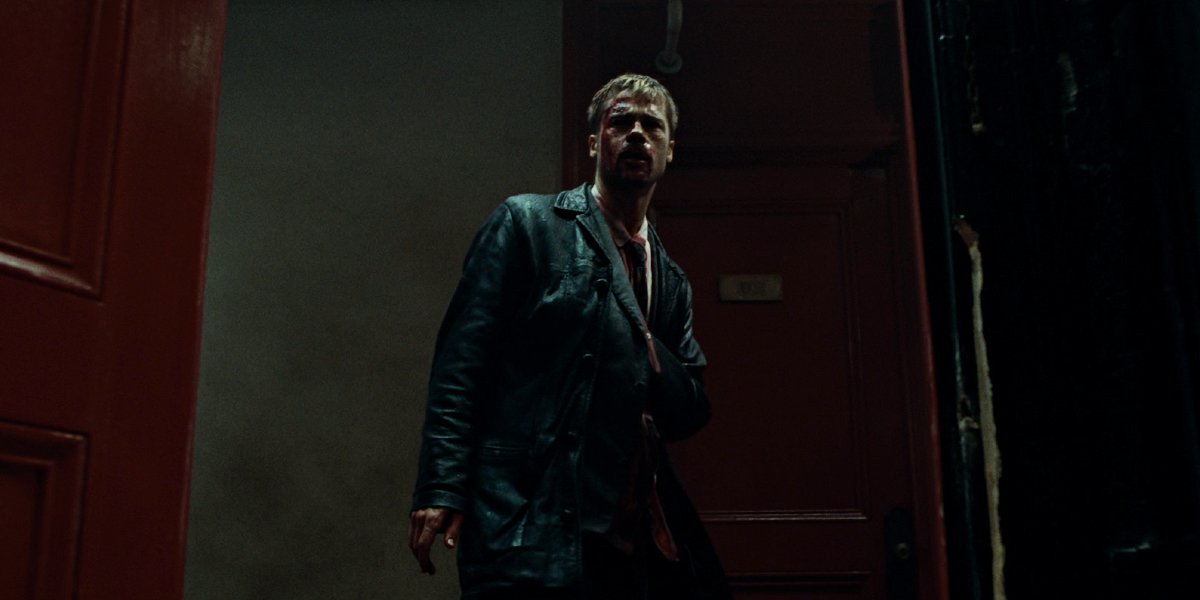
Mills Wasn't Supposed To Break His Arm When Confronting John Doe But An On-Set Accident Forced The Injury Into The Movie
Remember the scene where David Mills (Brad Pitt) gets roughed up and breaks his arm when confronting John Doe? Well, Mills wasn't originally supposed to break his arm during the chase scene, but the detail had to be added after Pitt legitimately injured himself on the set as producer Arnold Kopelson told EW in 1995. According to Kopelson, Pitt was shooting a chase scene when he slipped on the hood of a car and rammed his arm into the glass, severing a tendon and requiring a hospital visit to stitch it up. Pitt was able to return to the set a few days later with the cast that made it into the final cut.
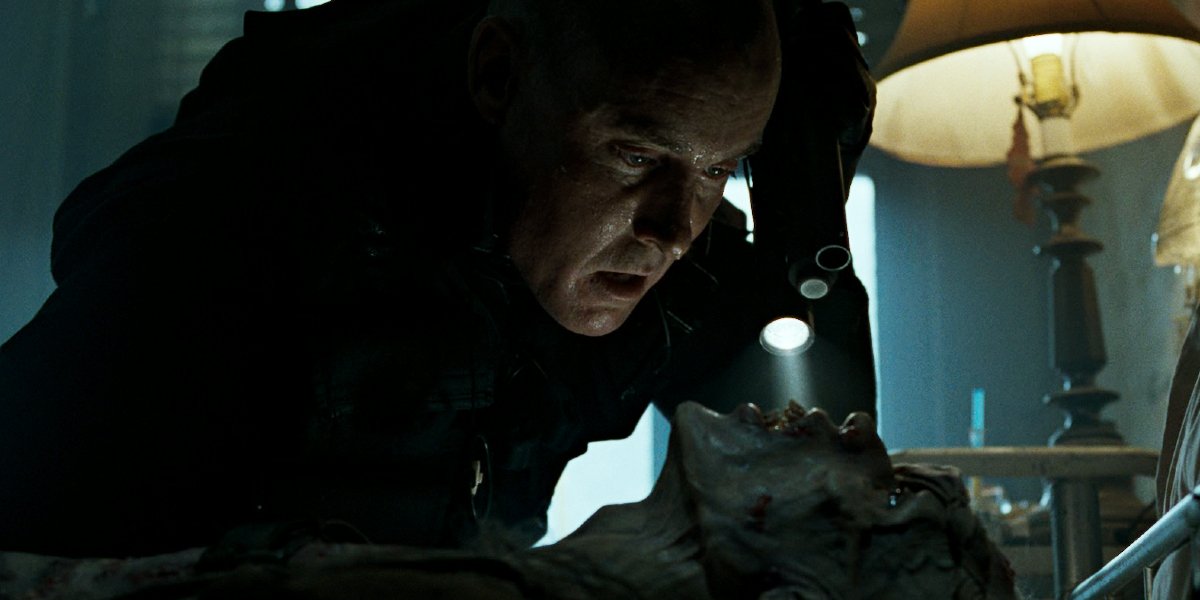
The 'Sloth' Actor Genuinely Terrified John C. McGinley
One of the most terrifying moments in Seven is the scene where Detectives Mills and Somerset, along with a SWAT team led by California (John C. McGinley) bust into an apartment belonging to a presumed suspect but an actual victim of John Doe's, Theodore "Victor" Allen (Michael Reid Mackay), aka the "Sloth" victim. The scene is remembered for that one moment where Allen lifts up out of his bed and scares the life out of California. And according to Mackay in an interview with USA Today, McGinley's shocked expression wasn't faked (or at least in the first take). When the actor shot out of the bed, he said he in fact scared the "stuff" out of him. McGinley would also go on to call the scene "plain horrifying."
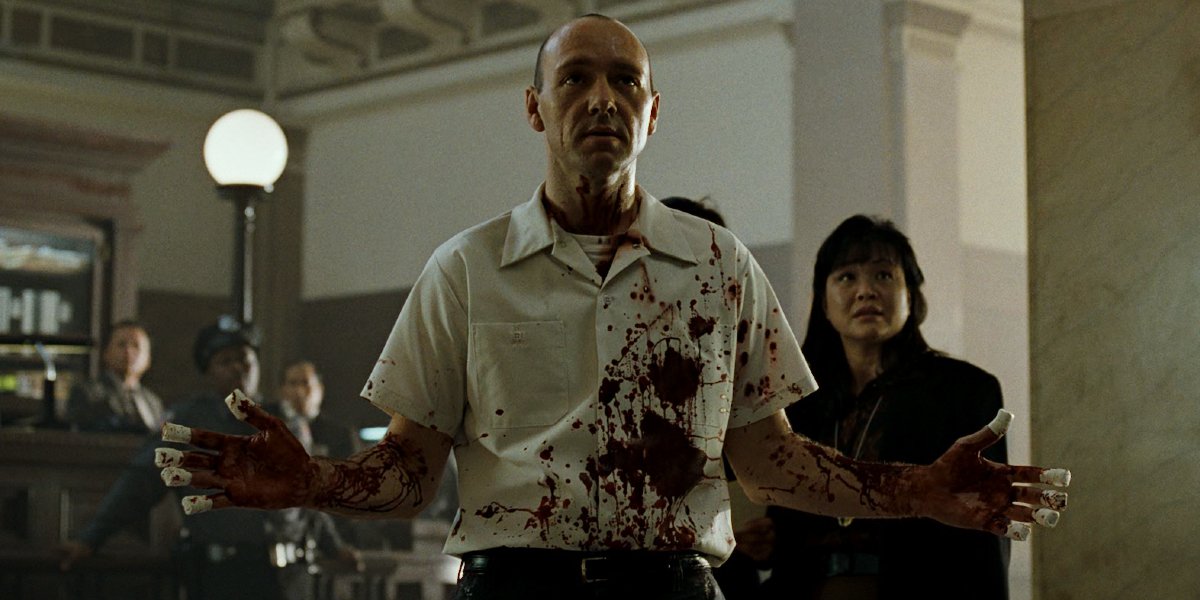
Everyone From Ned Beatty To Michael Stipe Was Offered The Role Of John Doe.
A lot of people were offered the role of John Doe before it ended being played masterfully by Kevin Spacey in a performance that will forever go down as one of the most chilling in the history of cinema. But before Spacey, who also knocked it out of the park as Verbal Kent in The Usual Suspects a month earlier, some of the names attached to the role included Michael Stipe and Ned Beatty. Yes, that Oscar nominee Ned Beatty.
During a panel at BAFTA in 2014 (via Screen Daily), David Fincher revealed that when he first approached Ned Beatty about taking on the role of John Doe, the Deliverance actor told him he couldn't do it because it was the "most evil" thing he had ever read. As for Michael Stipe, the R.E.M. frontman couldn't line up shooting with his busy tour schedule as he told Alec Baldwin on the actor's Here's The Thing podcast back in 2016:
I was offered the role of the psychopathic killer in the film Seven. They wanted someone very unexpected, and unfortunately, my band was going on tour the same month they were filming. And it required nothing, all I had to do was run down some hallways and look scary. There was no dialogue. I wouldn't have loved doing it. I didn't like the way the movie ended. They changed something at the end with Brad Pitt's rather than Morgan Freeman's character killing Kevin Spacey, which shouldn't have happened. It didn't make sense.
It appears the role of John Doe changed quite a bit between Michael Stipe being offered and Kevin Spacey taking the role, but it's still fun to imagine seeing Captain Scrummy from The Adventures of Pete and Pete becoming an obsessive killer.
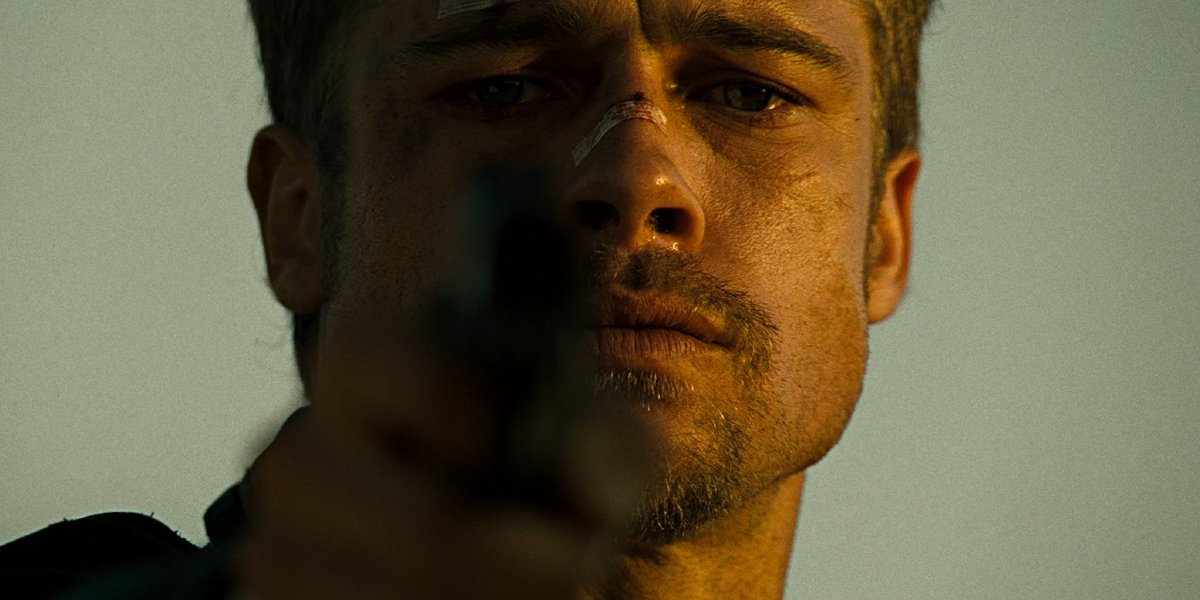
A Mess-Up At A Test Screening Cost David Fincher His Preferred Ending
David Fincher always intended on having Seven end with John Doe becoming the "wrath" victim, but the director originally intended on not having the coda in which William Somerset character reads off a quote from Ernest Hemingway as David Mills is getting arrested. Fincher explained on the DVD commentary track that those extra few moments were added after a disastrous preview screening:
The preview screening had the original ending with the gunshot and it went to black. I told the guys from [National Research Group], I said, 'Let the audience sit in the dark for a second and then bring the lights up slowly; give it like 10 seconds to let them know the movie's over. Of course, gunshot, lights immediately come on.
The abrupt ending and decision to bring up the lights as soon as Mills shoots his gun confused the audience and they let the researchers know. Following the screening, New Line Cinema had the extra footage shot and added and the rest is history.
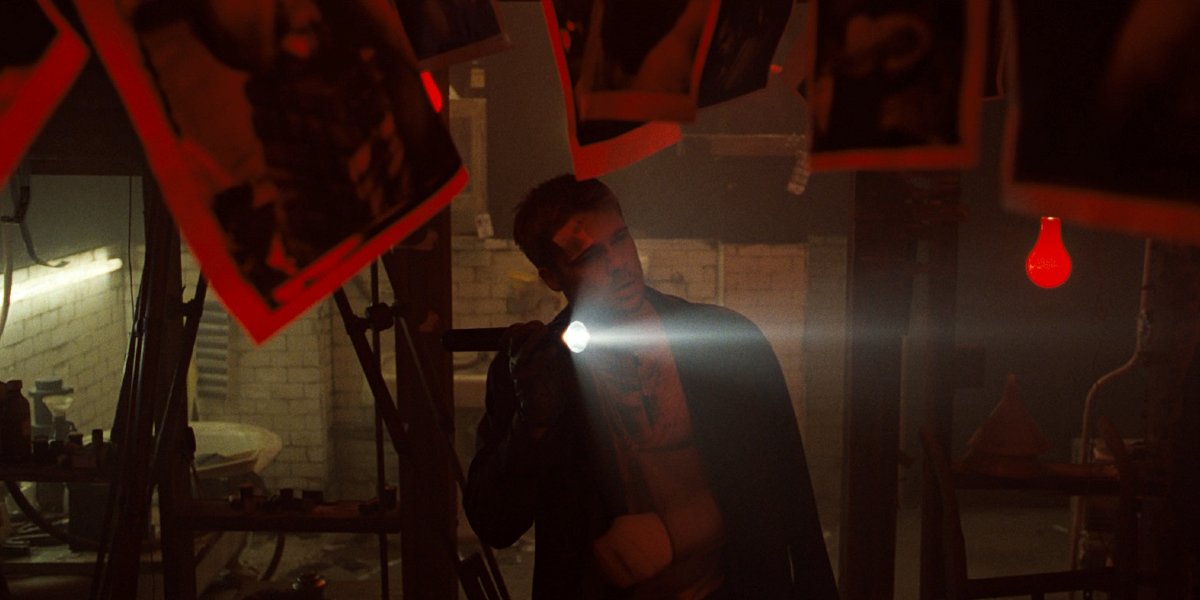
The Film's Title Sequence Was Constructed In A Way To Make The Audience Curious About The Killer
The opening title sequence from Seven will forever go down as one of the most memorable and exciting of the '90s, and even though John Doe wasn't revealed until the final act of the 1995 thriller, director David Fincher and title designed Kyle Cooper, set the introduction up in a way that would make the audience curious about that the killer they wouldn't actually meet for more than 90 minutes.
Speaking with Empire in 2010, Cooper revealed that he and Fincher wanted to come up with something so evil that the audience would remember it, and judging by its legacy, the decision of having scratched frames, a remixed version of Nine Inch Nails' "Closer," and all those quick cuts paid off.
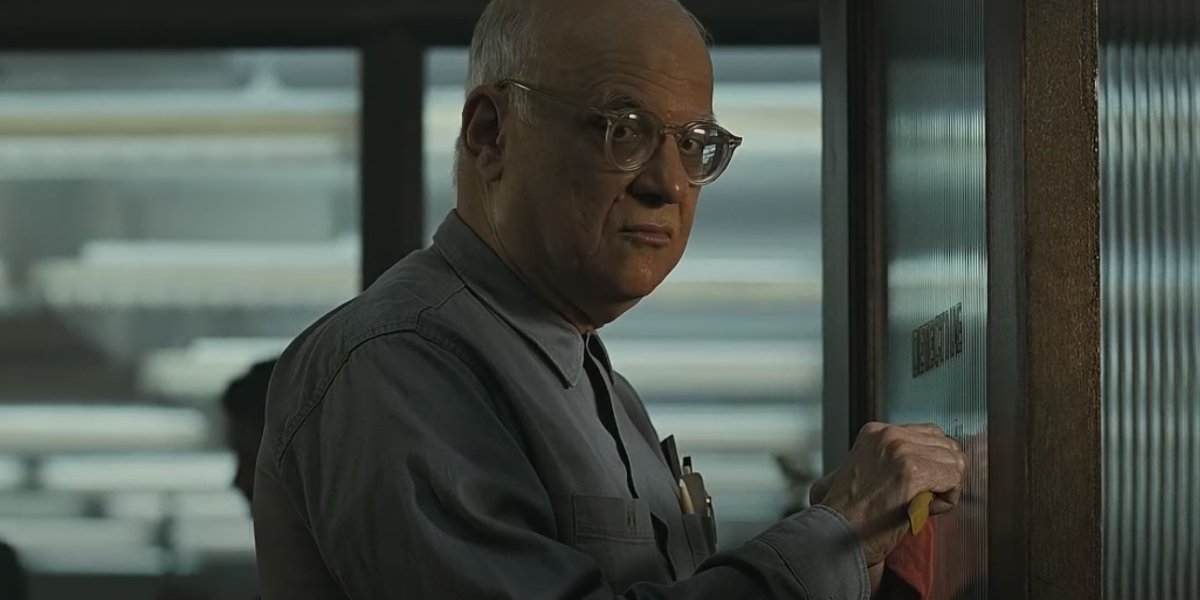
The 'Janitor' Seen Scratching Somerset's Name From His Door Wasn't Just Any Extra
And then there's the short scene where a janitor is seen scratching William Somerset's name from his office door shortly before the detective retires. To most people, including David Fincher as he revealed in the DVD commentary, it looks like a normal extra getting 30 seconds of screen time. But that's no everyday guy who walked up and got a quick gig. No, that's the late George Christy, the longtime columnist for The Hollywood Reporter. In the commentary track, Fincher laughs about him trying to understand why an extra had a personal driver and why he was late because of a not-so-quick stop for coffee. Christy, who left the publication in 2001 amid some controversy, passed away in August 2020, but his legacy still lives on in that distinct look he gave Somerset in Seven.
That about does it for behind the scenes facts about David Fincher's 1995 crime thriller Seven. If you still want more Fincher movie trivia, check out this piece on what happened during the filming of The Social Network here at CinemaBlend.

Philip grew up in Louisiana (not New Orleans) before moving to St. Louis after graduating from Louisiana State University-Shreveport. When he's not writing about movies or television, Philip can be found being chased by his three kids, telling his dogs to stop barking at the mailman, or chatting about professional wrestling to his wife. Writing gigs with school newspapers, multiple daily newspapers, and other varied job experiences led him to this point where he actually gets to write about movies, shows, wrestling, and documentaries (which is a huge win in his eyes). If the stars properly align, he will talk about For Love Of The Game being the best baseball movie of all time.

